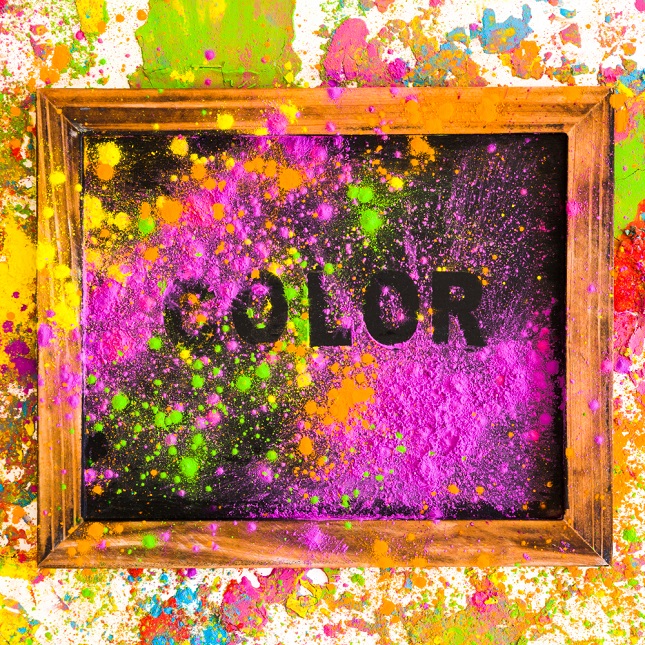
When selecting colors for your graphic images, the hues you choose go beyond mere aesthetics. They hold the power to influence how your audience perceives and interacts with your design. By understanding the psychology of colors and their impact on emotions, you can strategically craft visuals that resonate with your viewers on a deeper level. Consider how a simple shift in color palette can transform the mood and effectiveness of your message, ultimately enhancing the overall impact of your graphic creations.
Color Models and Complements
Understanding color models and complements is fundamental for creating visually appealing graphic images.
The traditional color theory is based on the color wheel, which includes primary colors like red, blue, and yellow that combine to form secondary colors like green, purple, and orange.
Complementary colors, such as red and cyan, are positioned opposite each other on the color wheel, resulting in contrast and vibrancy within designs.
Different color schemes, rooted in these principles, can be utilized to evoke specific emotions or convey distinct messages in graphic design.
It's important to note that the additive color model, prevalent in screens and digital displays, differs from the subtractive color model commonly used in printing.
Perceptual colors and brand kits often leverage complementary colors to enhance brand recognition and impact.
By the way, you can always download free PNGimages.
Color Theory in Art
Impressionist painters and various artists have utilized complementary colors to enhance visual impact and harmony in their artworks. By employing pairs such as blue-orange, red-green, and yellow-purple, artists like Van Gogh aimed to evoke emotions and heighten contrasts in their pieces.
Influenced by Goethe's color theory, painters like Turner emphasized color harmony and the emotional effects of complementary colors. This technique not only enhances contrast in art but also plays a significant role in creating compelling visual experiences for viewers.
Incorporating complementary colors is crucial for achieving brightness, visual interest, and expressive storytelling through color contrasts. The traditional color wheel serves as a useful tool for artists to explore different color combinations and their effects on conveying narratives effectively.
Color Perception Advancements
Centered on advancements in color perception, Young's additive colors have significantly influenced our understanding of how different hues can be produced through the combination of light.
Recent research has challenged traditional color space models, offering new perspectives on how we perceive and interpret colors.
Here are three key developments shaping our understanding of color:
-
The identification of non-Euclidean color space has implications for color standards and classification.
-
Brewster's exploration of subtractive colors has elucidated how pigments interact to produce specific shades.
-
Chevreul's color theories, impacting artists such as Seurat and Van Gogh, have underscored the significance of color contrasts and harmonies.
These advancements have expanded our comprehension of concepts like the color wheel, complementary color pairs, primary and secondary colors, triadic and analogous color schemes, CMYK colors, hex codes, emotional reactions to colors, and effective color palettes.
Practical Applications of Colors
Advancements in color perception have led to practical applications in various fields, highlighting the importance of colors in aesthetics and functionality.
Complementary colors are fundamental in art and design, offering contrast and visual appeal. In situations where visibility is critical, contrasting colors like orange and blue are employed, as seen in life rafts for enhanced visibility.
Red and cyan glasses are used for viewing 3D images, with anaglyph glasses improving the immersive experience. Graphic designers apply color theory by integrating contrasting colors in logos and displays, underscoring the significance of color selection in creating impactful visual elements.
The practical uses of colors go beyond aesthetics, shaping how we perceive and engage with our surroundings.
Color Effects and Afterimages
Understanding the interaction between colors and afterimages is essential for photographers and designers to effectively manage color effects. Afterimages, a result of the brain processing complementary colors after staring at a color, play a significant role in color perception and contrast in visual art and design.
Conclusion
In conclusion, when selecting colors for your graphic images, consider the emotions and messages you want to convey. Understanding color theory and the impact of different color schemes can help you create dynamic and engaging designs.
By choosing complementary colors and taking into account the context and purpose of your design, you can effectively communicate your intended message and evoke specific reactions from your audience. Remember, colors play a crucial role in the overall success of your visual creations.
Testimonials
What our customers have said about us
- "Apogee specialises in recruiting Information Security and IT Management, Sales and Technical professionals for corporate end-users, vendors, service providers and systems integrators. In March 2008, after a rigorous supplier selection process, Apogee commissioned Clarihon Web Services to design, host and manage a web site against strict design, budget and delivery criterion. Clarihon achieved all the objectives required in a professional, courteous and efficient manner. I would have no hesitation in recommending Clarihon to others."
- Kevin G. Lamb, Managing Director, Apogee Recruitment
- "At the start my new enterprise I was very conscious that a web site was required to advertise my services on a broader basis. There were so many people telling me what I could and should do, then I met Nigel Day of Clarihon Web Services at a business breakfast. Immediately upon speaking with him about what I was seeking to do, I felt assured that Clarihon Web Services was the Company to help me. They simply advised and allayed all my fears and worries; took control of the whole set up, and produced a great design and wording for my web page. I can also say they give superb support."
- Lucie Moorse, Local Administration Management